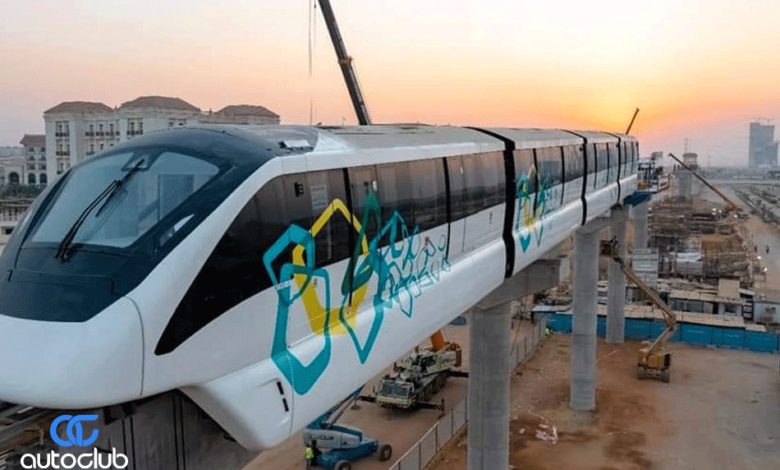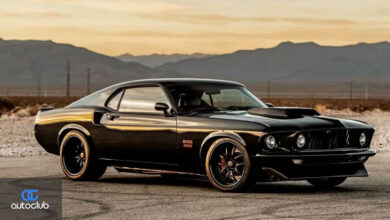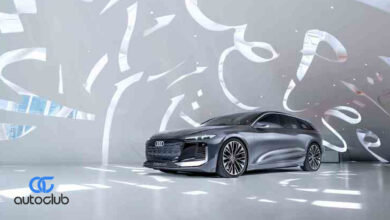How Cars Have Shaped Our Cities: A Journey of Urban Transformation

Introduction
In the ever-evolving tapestry of urban development, few elements have left a mark as profound as automobiles. The relationship between cities and cars is intricate and fascinating, reflecting both the challenges and opportunities of urbanization. This article embarks on a journey through time to explore the myriad ways in which cars have shaped our cities, touching upon their influence on infrastructure, culture, and daily life.
How Cars Have Shaped Our Cities
The very concept of urban planning has been molded by the omnipresence of cars. Streets that once accommodated pedestrians and horse-drawn carriages have transformed into wide boulevards and complex highway systems, catering to the demands of modern vehicles. The spatial expansion and reconfiguration of cities to accommodate the influx of cars have significantly altered their layout and functionality. Notably, the integration of parking structures and multi-level garages has become a pivotal aspect of urban design, optimizing land utilization.
Urban Infrastructure Transformation
The Rise of Roads and Highways: As cars gained popularity, the demand for efficient transportation networks soared. In response, cities expanded roadways, constructing intricate networks of highways and arterial routes. This evolution revolutionized commutes, enabling faster travel within and between cities. The iconic interstate highway system in the United States, for instance, facilitated cross-country journeys and shaped the growth of suburban communities.
Public Transit Adaptations: The advent of cars compelled cities to enhance their public transit systems. To stay competitive, public transportation underwent innovation, offering diverse options such as buses, trams, and subways. These systems not only alleviate traffic congestion but also reduce carbon emissions, contributing to sustainable urban living.

Pedestrian and Cycling Infrastructure: Ironically, the dominance of cars has inspired a resurgence of interest in pedestrian and cycling-friendly infrastructure. In a bid to counteract the adverse effects of vehicular pollution, cities have embraced the creation of green spaces, pedestrian-only zones, and dedicated cycling lanes. These initiatives prioritize human-centric urban development and foster healthier lifestyles.
Cultural Shifts and Social Dynamics
Suburbanization and Commuting Culture: The widespread ownership of cars spurred the phenomenon of suburbanization. People could now live farther from city centers, leading to the growth of suburbs and the emergence of a distinct commuting culture. This cultural shift altered social dynamics, as individuals spent more time in transit and less time interacting with their immediate neighborhoods.
Consumerism and Retail Evolution: Cars facilitated the rise of consumerism, enabling shoppers to access a wider range of goods and services beyond their local areas. This transformation prompted the development of shopping malls, big-box retailers, and commercial complexes. Consequently, the retail landscape evolved, with convenience and accessibility taking center stage.
Cultural Icon and Symbolism: Cars have become more than just modes of transportation; they symbolize freedom, mobility, and personal identity. The automobile industry’s innovative designs have shaped cultural aesthetics and consumer preferences, while classic car shows and events celebrate the timeless appeal of automotive craftsmanship.
Navigating Daily Life
Work-Life Balance: The influence of cars on urbanization has also influenced the work-life balance. With increased mobility, people can choose to live farther from work, seeking suburban tranquility while maintaining access to urban opportunities. However, this choice can lead to longer commutes, impacting overall well-being.
Environmental Implications: While cars have offered unprecedented convenience, their environmental impact cannot be overlooked. Urban air pollution, traffic congestion, and carbon emissions have prompted cities to explore greener alternatives. Electric vehicles and sustainable transportation initiatives are now on the rise, promising a more eco-friendly urban future.
Technology and Smart Cities: The integration of technology into cars has paved the way for smart city initiatives. Intelligent traffic management, real-time navigation, and vehicle-to-infrastructure communication contribute to efficient urban planning and reduced congestion. These advancements highlight the potential of harmonizing cars with the broader urban ecosystem.

FAQs
How have cars influenced urban design?
Cars have prompted cities to expand roadways, construct highways, and integrate parking structures. This has led to the transformation of city layouts to accommodate vehicular traffic.
What is the impact of cars on public transportation?
The popularity of cars pushed cities to enhance their public transit systems to remain competitive. This led to the innovation of diverse options like buses, trams, and subways.
How have cars affected cultural dynamics?
Cars have facilitated suburbanization and the growth of commuting culture. They have also influenced consumerism, retail evolution, and cultural symbolism.
What is the environmental impact of cars in cities?
Cars contribute to urban air pollution, traffic congestion, and carbon emissions. This has prompted the exploration of eco-friendly alternatives like electric vehicles.
How are cars integrated into smart city initiatives?
Cars with integrated technology contribute to smart city initiatives through intelligent traffic management, real-time navigation, and vehicle-to-infrastructure communication.
What role do cars play in work-life balance?
Cars have influenced work-life balance by allowing people to choose suburban living while maintaining access to urban opportunities. However, longer commutes can impact well-being.
Conclusion
As we reflect upon the evolution of cities, it becomes evident that cars have played a pivotal role in shaping their very essence. From transforming urban infrastructure to influencing cultural dynamics and daily life, cars have left an indelible mark on cities across the globe. While challenges like traffic congestion and environmental concerns persist, the synergy between cars and urban planning continues to evolve, promising a future where cities are smart, sustainable, and seamlessly interconnected.




